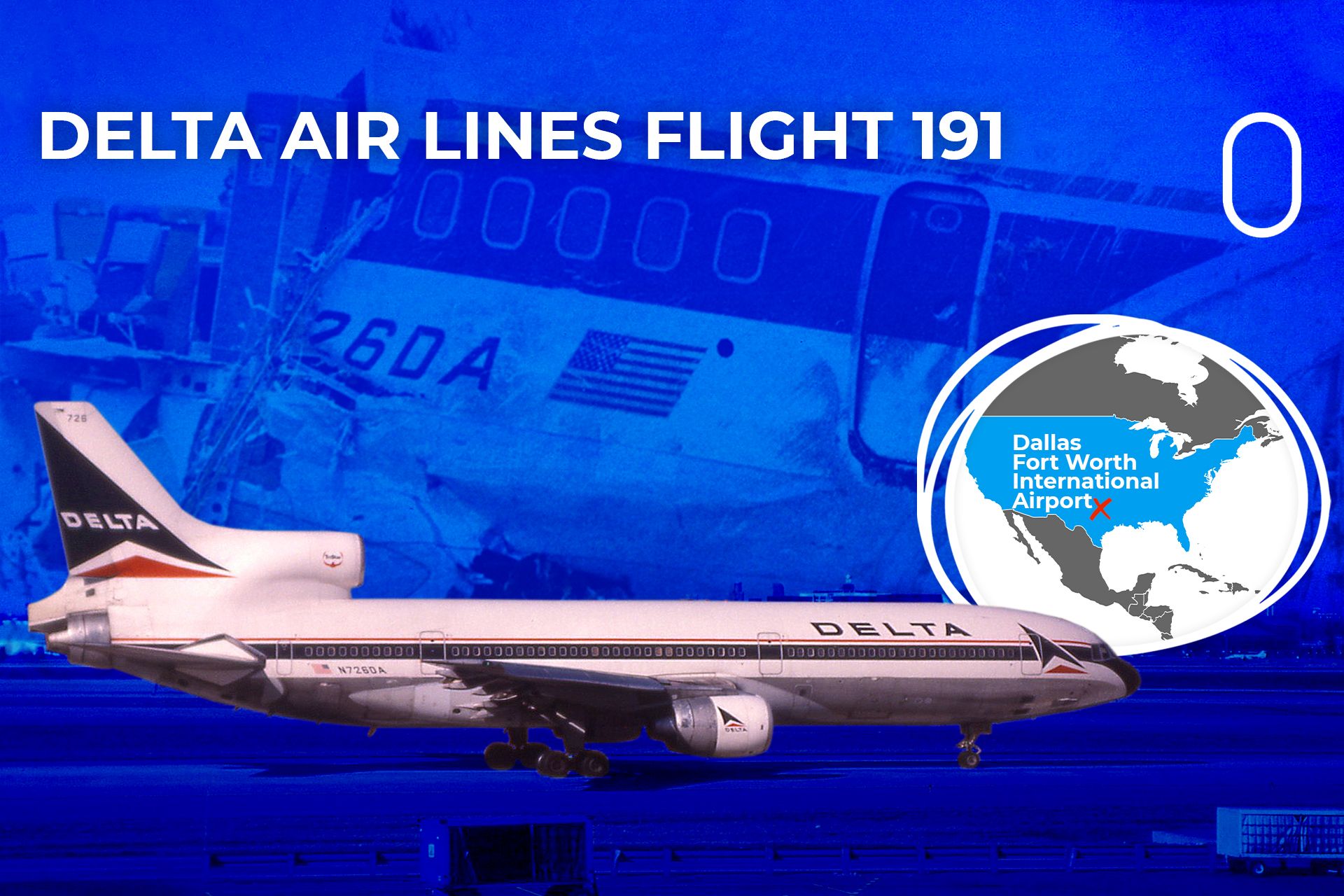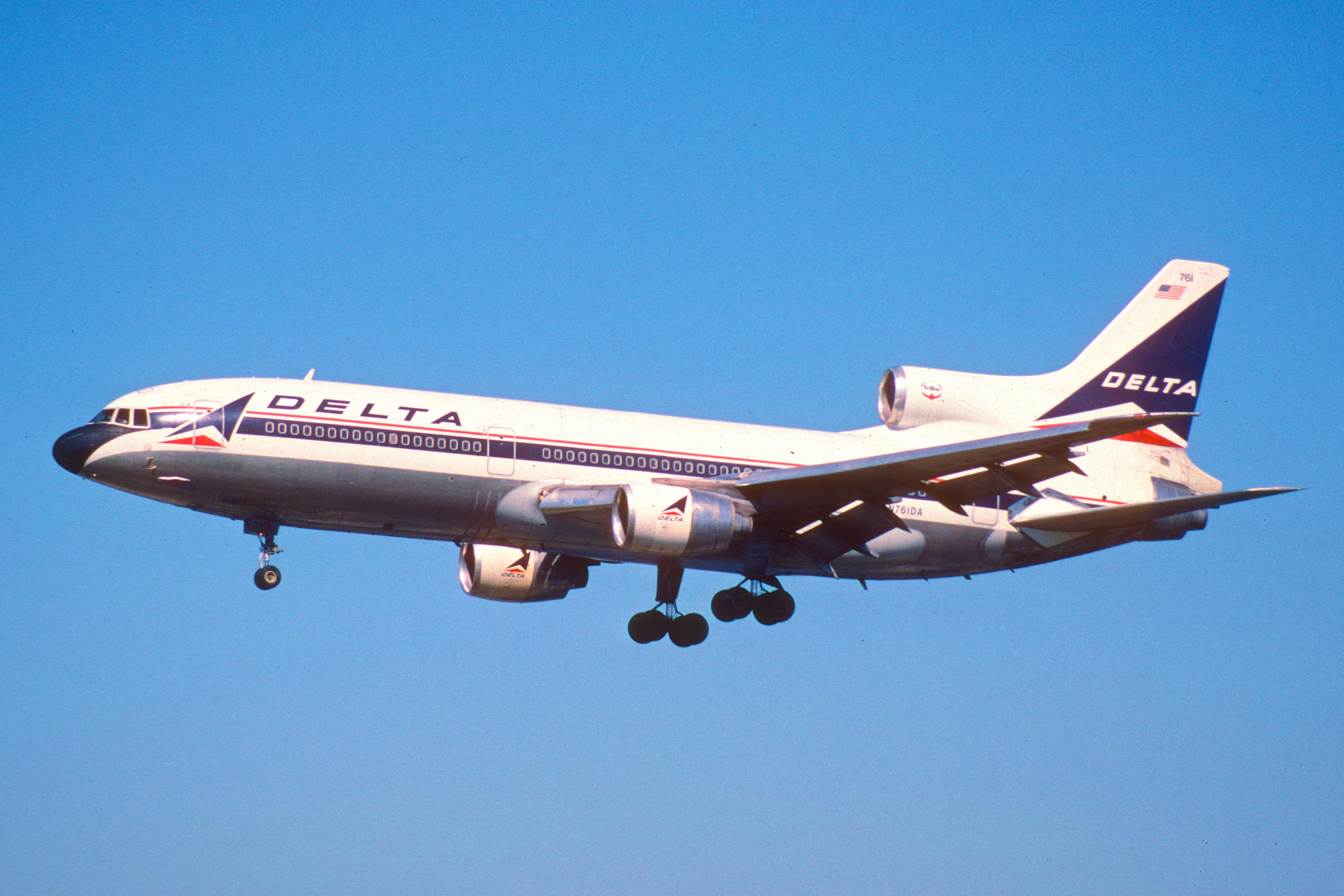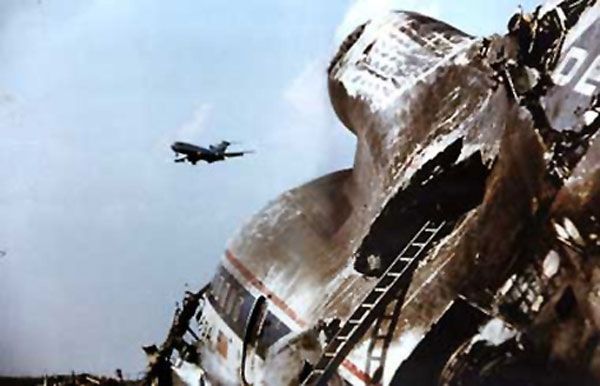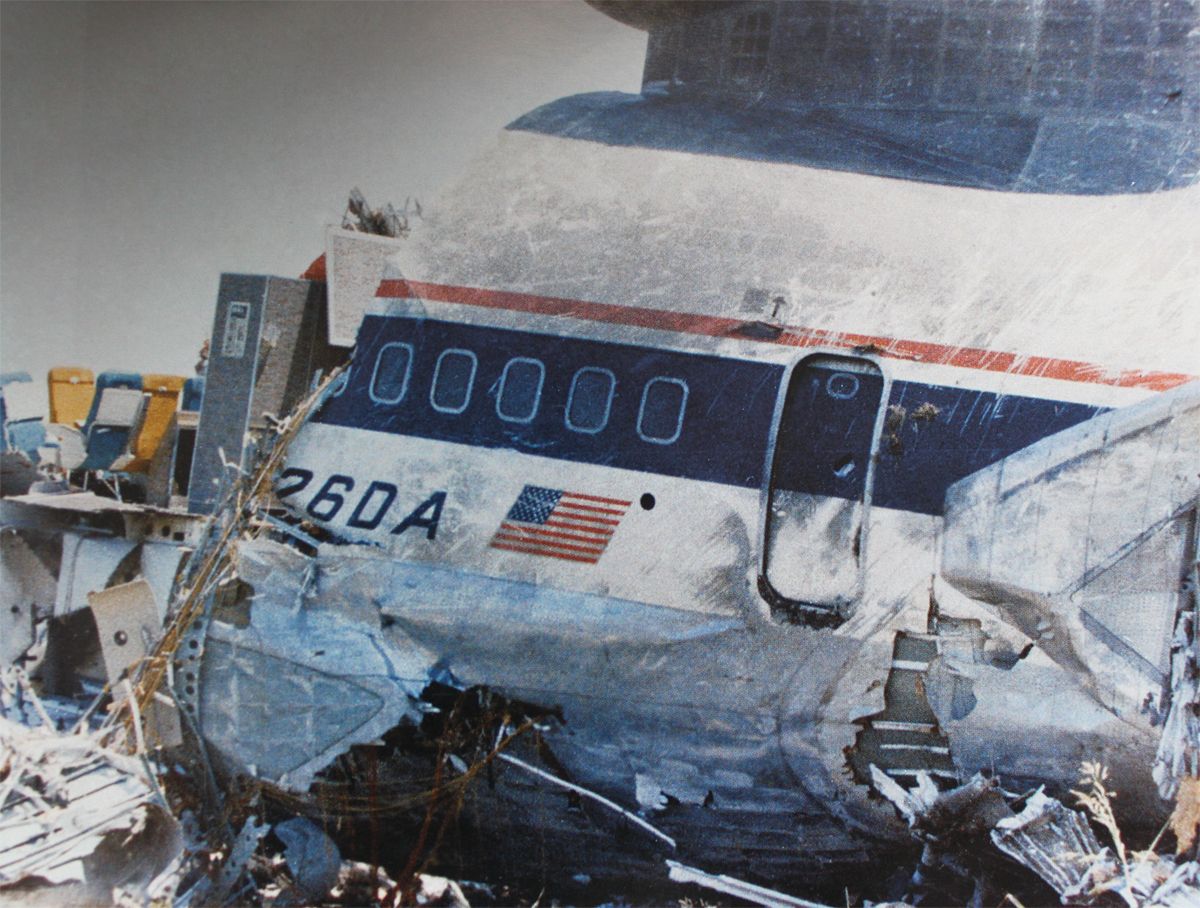Summary
- Lack of policies for flying through microbursts led to DL191 crashing, causing the deaths of 137 people onboard.
- Majority of survivors were located in the rear cabin at the time of the crash.
- Survivor’s guilt heavily impacted crew and passengers post-accident, leading to lasting effects.
On August 2nd, 1985, a Delta Air Lines Lockheed L-1011 Tristar took off from Fort Lauderdale and headed for Los Angeles via Dallas-Fort Worth. Prior to departure from Fort Lauderdale-Hollywood International Airport (FLL), the flight crew had received no particular warning about the weather apart from notice of an area of isolated thunderstorms over Oklahoma and northeastern Texas.
There were eight flight attendants working on the L-1011 that day. This included Alyson Lee, who was working in first class, along with head stewardess Frances Alford. There was also Vicky Chavis at door 3, and Wendy Robinson with Jenny Amatulli, who were working at door 4 in the rear. In the sections between were Joan Modzelewski, Diane Johnson, and Frieda Mae Artz.
The aircraft was registered as N726DA, delivered to Delta in February six years prior. It was piloted by Ted Connors, one of Delta’s most experienced pilots, who had captained the Lockheed L-1011 TriStar since 1979 and was looking forward to his retirement in three years’ time. He was joined in the cockpit by Rudy Price, who had flown for Delta since 1970.
The stories of the crew and passengers were retold by now-famous crime novelist Michael Connelly, who at the time was a reporter working for the Sun Sentinel, the main daily newspaper of Fort Lauderdale. Together with co-authors Robert McClure and Matilda Rinke, they published “Into the Storm The Story Of Flight 191” in July 1986, nearly a year following the accident.
Prepare for landing
|
Date |
August 2, 1985 |
|---|---|
|
Summary |
Crashed on approach due to microburst induced windshear |
|
Total fatalities |
137 |
|
Aircraft type |
Lockheed L-1011-385-1 TriStar |
|
Operator |
Delta Air Lines |
|
IATA flight No. |
DL191 |
|
ICAO flight No. |
DAL191 |
|
Call sign |
DELTA 191 |
|
Registration |
N726DA |
|
Flight origin |
Fort Lauderdale–Hollywood International Airport |
|
Stopover |
Dallas/Fort Worth International Airport |
|
Destination |
Los Angeles International Airport |
The Sun Sentinel archive states that when the plane passed over New Orleans, captain Connors elected to alter the flight route as rough weather in the area was reportedly increasing in strength. The new approach meant a delay of about 10-15 minutes. The crew began preparing the cabin for landing. Shortly before 18:00, the control tower gave the crew permission to descend to 5,000 feet (1,500 meters), stating that the rain would be north of the airport and that they would perform an instrument landing (ILS).
Meanwhile, the flight attendants had secured the cabin for landing and were settling into their seats, noting the rough weather on the approach. It was Vicky’s first trip after her honeymoon. She had gotten married only 13 days earlier and had been called in from standby for the flight. As the plane was coming in to land, she prepared to take her aft-facing seat in the rear of the cabin. Having prepared the cabin for landing, Wendy changed her shoes and took her seat, preparing her brace position for landing.
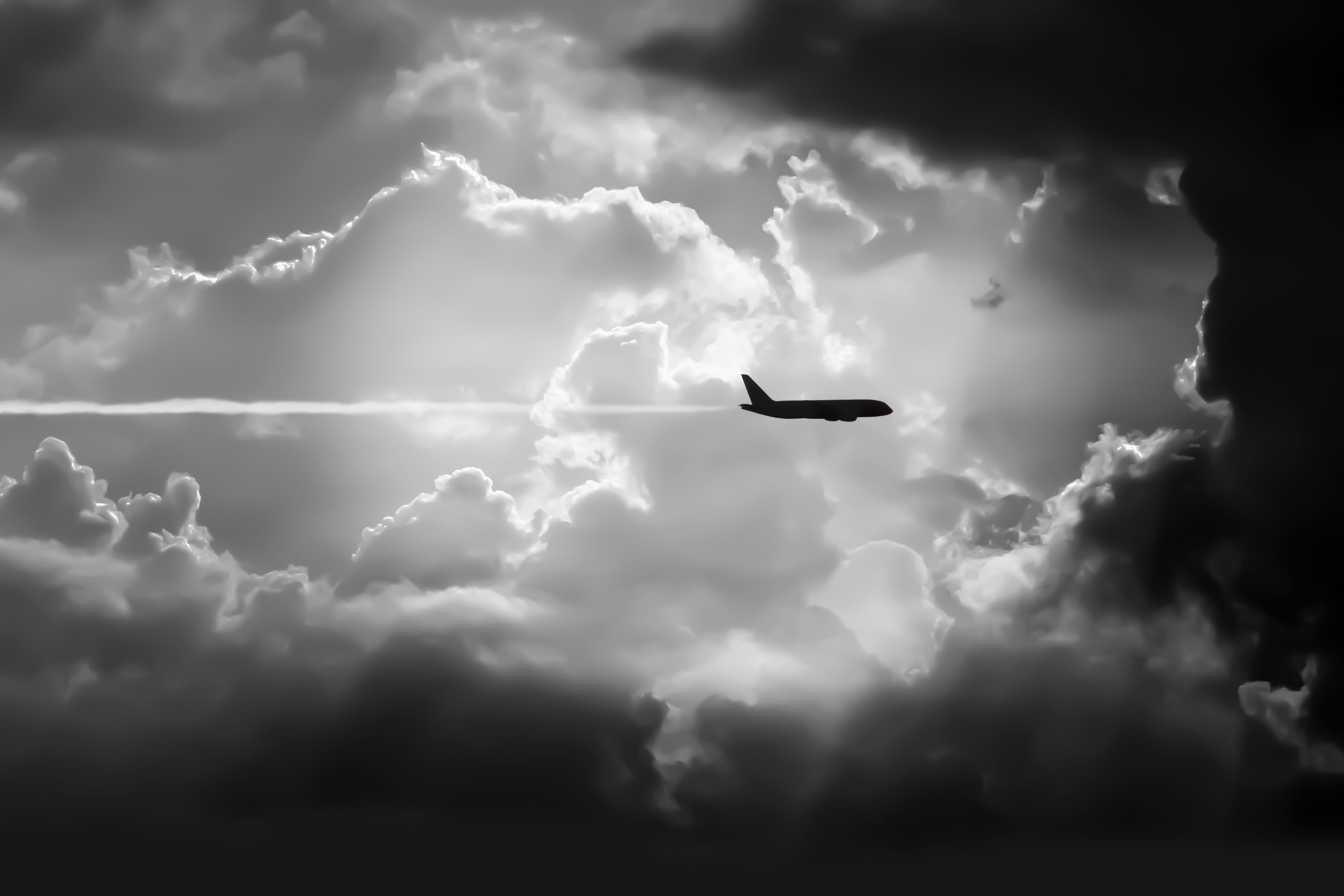
Related
Why Airliners Avoid Storms Despite Being Designed To Withstand Them
Mother nature can create some fierce weather conditions and aircraft must aim to avoid these.
Sudden drop
The aircraft approached the runway and passed through a rain shaft under a thunderstorm and microburst, which at the time was a poorly understood but deadly weather phenomenon. Vicky later described feeling an extreme drop and hearing an increase in engine noise (this would have been the captain ordering maximum thrust and attempting to initiate a go-around having been hit by the microburst). She then realized this was no normal landing.
Meanwhile, Wendy, who was the least senior crew member on board, was in her seat praying, eyes closed. The go-around failed, and the aircraft hit numerous poles, a car, and two water tanks before coming to a halt close to the highway and breaking up into pieces.
Aftermath
|
Occupants |
163 |
|
Passengers |
152 |
|
Crew |
11 |
|
Fatalities |
136 |
|
Injuries |
25 |
|
Survivors |
27 |
|
Ground fatalities |
1 |
|
Ground injuries |
1 |
During the crash, Vicky tried to look into the cabin and saw a fireball coming towards her. There was smoke, and she was covered in jet fuel. The left-hand side of the fuselage had more or less disappeared. She could see a man hanging upside down in the aircraft but could not reach him. Wendy also saw the fireball, felt it singe her hair, and noticed she had lost her shoe. Nonetheless, training kicked in, and she began shouting her commands, ‘Release seatbelt and get out’ repeatedly. She could see Jenny hanging from her jump seat, lifeless.
Survivors
Only 27 people survived the crash, nearly all located in the rear cabin in the smoking section. Those who could were crawling out along with Vicky. There were jagged pieces of aircraft and what a witness described as a “wall of fire.” Meanwhile, it was raining heavily when the emergency services arrived, and Vicky got help for the man trapped inside the cabin.
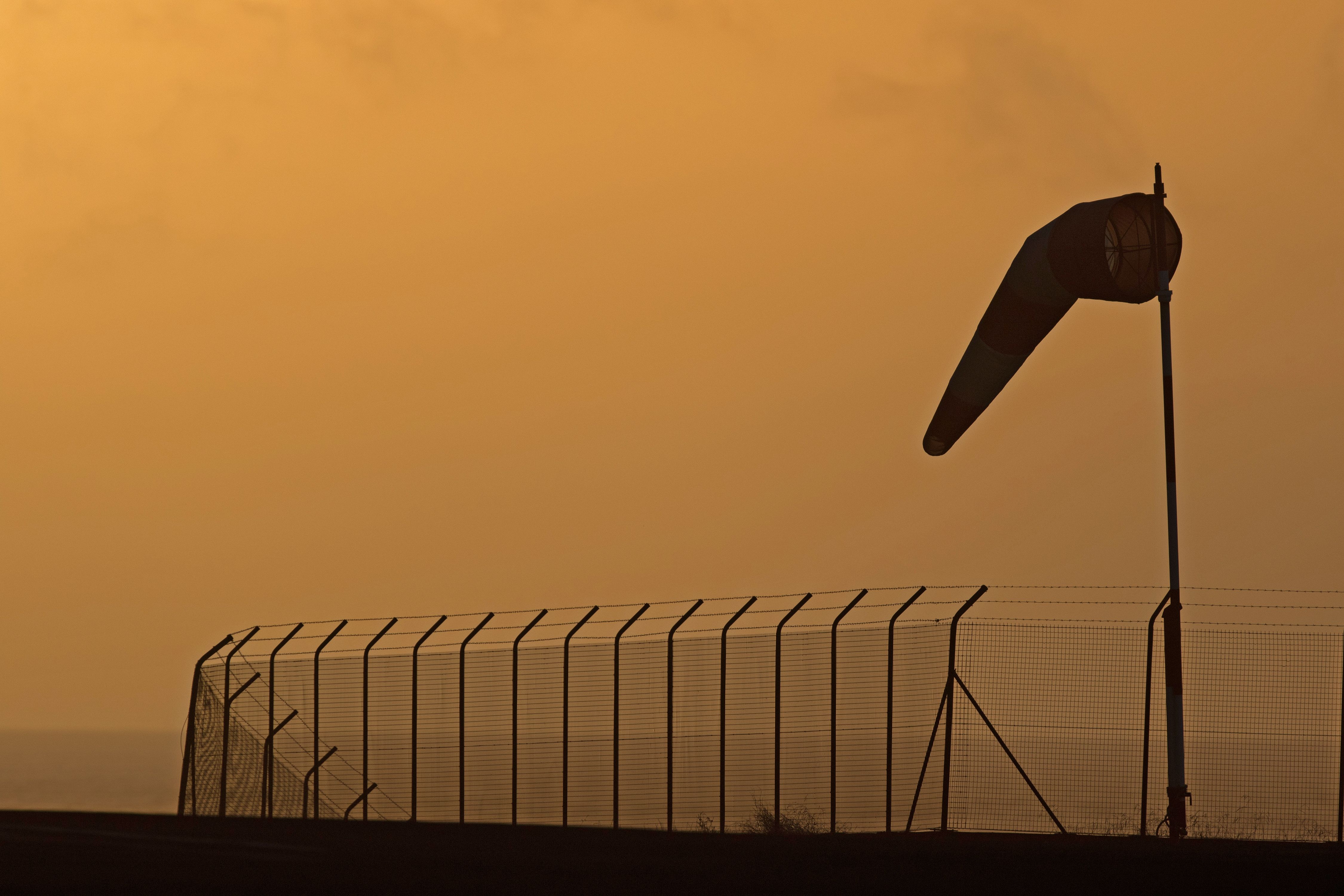
Related
How Can Dust Storms Affect Aircraft Operations?
Airplanes are very susceptible to certain forces of nature.
Wendy used the armrests as a ladder and headrests as a rail to move towards the light of the open fuselage. She jumped from the aircraft into the mud and ran away from the plane along with another passenger, both dazed and in shock.
Outcome
Wendy then went back to the aircraft to try and find Jenny, Vicky, and Alyson. She borrowed a passenger’s sneakers to climb back through the mud, avoiding debris, and eventually found Vicky. Jenny was released from the jump seat but had been seriously injured in the crash. Alyson was not found.
Of the 11 crew on board that day, the three flight crew and five of the flight attendants died. The last two souls to be identified were sadly unrecognizable, but were identified as flight attendants because of their uniforms. The three surviving flight attendants reported their accounts to the NTSB the following day.
The piece Connelly and his colleagues wrote portrayed the heavy impact that survivor’s guilt had on crew and passengers who came out alive. As a result, it was nominated for the Pulitzer Prize. None of the flight attendants ever flew as crew again.
“My god! I’m in one piece and I’m fine!” – Vicky, flight attendant on Delta Air Lines Flight 191
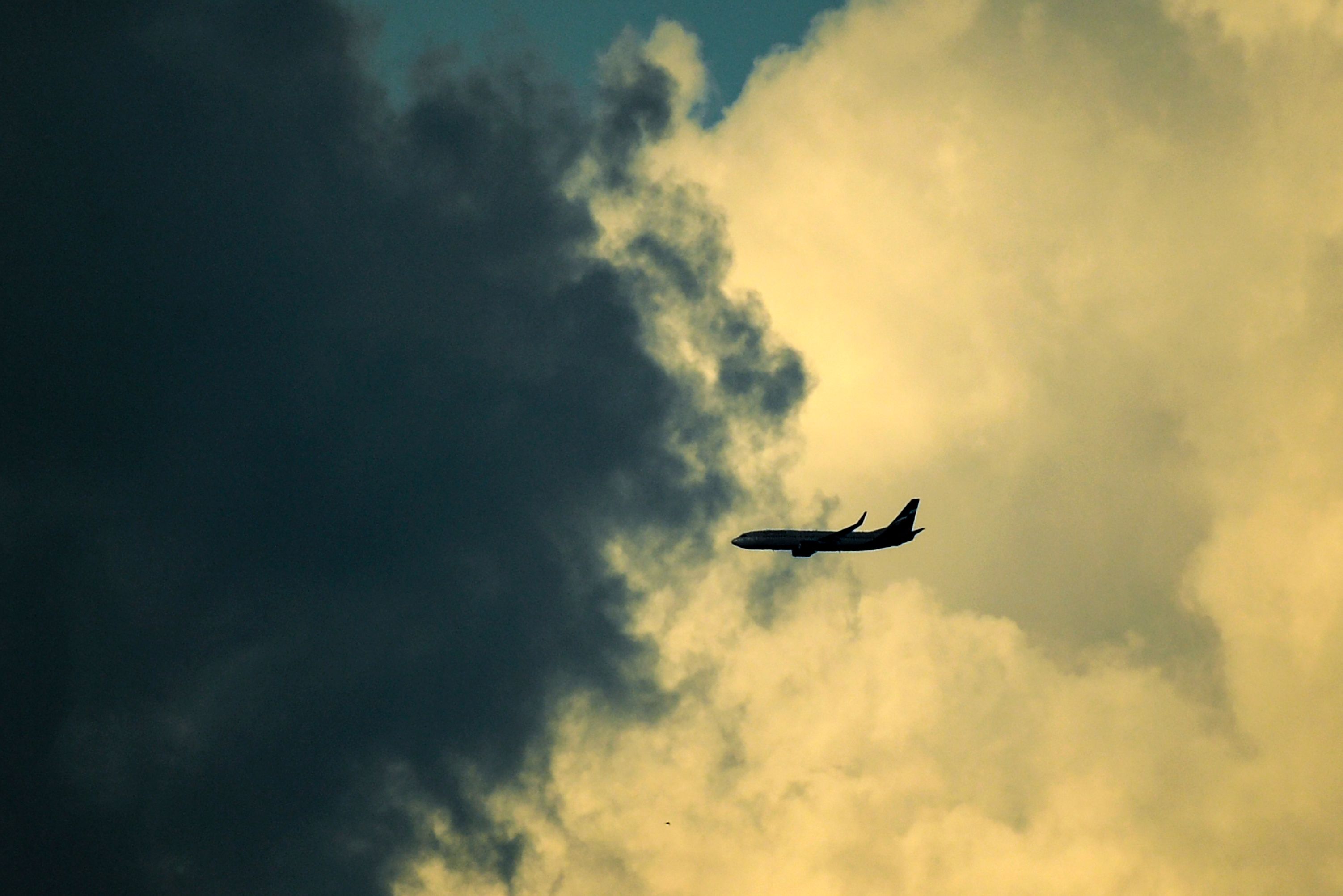
Related
How Pilots Use Weather Radar To Avoid Storm Cells
Pilots use the radar to find and assess convective weather in the flight path. This assessment can then be used to plan the avoidance maneuver before
